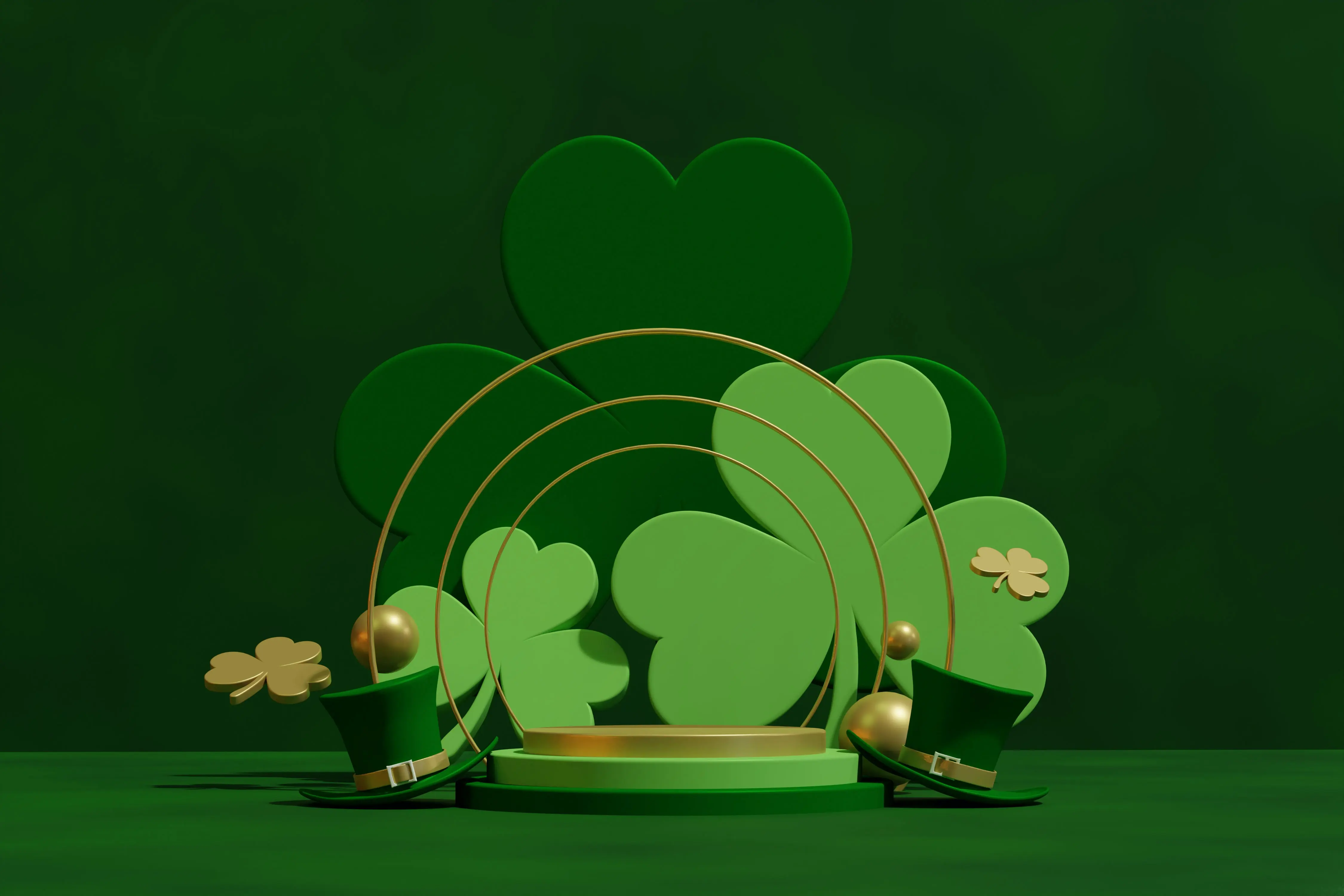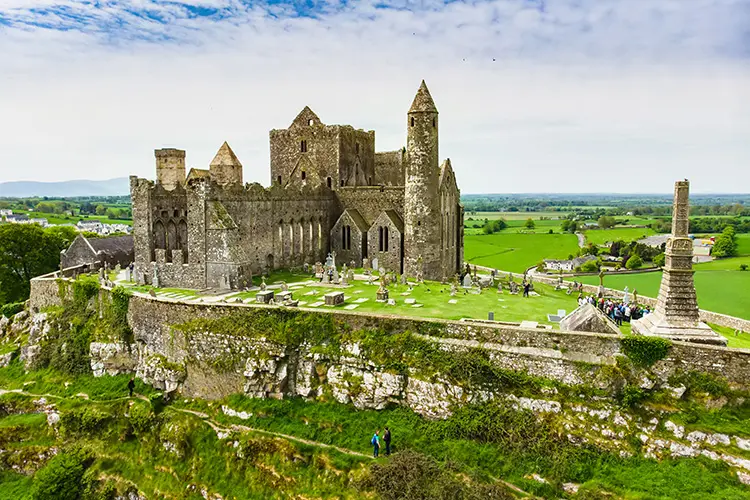Idioms related to Ireland
10 Saint Patrick's Day idioms. They say all of them are lucky
Student
Learn English
Idioms related to Ireland
10 Saint Patrick's Day idioms. They say all of them are lucky
76th day of the year
St. Patrick's Day is a cultural and religious holiday celebrated on March 17th, the date of the death of Saint Patrick, the patron saint of Ireland. It is a public holiday in Ireland, Northern Ireland, and Montserrat, and is celebrated around the world by people of Irish descent or those who simply enjoy Irish culture.

There are several traditional ways to celebrate St. Patrick's Day. Usually people in Irish and American cities and towns are seen wearing green clothing or accessories. Irishmen attend parades and festivals. Every year some of them gather hundreds of thousands of people. The holiday cannot be imagined without drinking Guinness or other Irish beers.
It is common to eat traditional Irish foods like corned beef and cabbage or Irish soda bread. Clothes are as a rule decorated with shamrocks, which are said to represent the Holy Trinity. It is a perfect time to watch Irish dance performances or listen to traditional Irish music.
What about historical sites?
St. Patrick's Day has become a popular holiday worldwide, with many major cities hosting large parades and events. However, it remains particularly significant in Ireland and Northern Ireland, where it is a time for celebration and reflection on the country's history and culture like visiting historical sites or landmarks associated with Saint Patrick, such as his tomb at Down Cathedral in Northern Ireland or the Rock of Cashel in County Tipperary.

St. Patrick's Day originated as a Christian feast day to honor Saint Patrick, the patron saint of Ireland. Saint Patrick was a fifth-century Christian missionary who is credited with converting the Irish people to Christianity. The holiday was first observed in Ireland in the 9th and 10th centuries as a religious holiday. The day was marked by attending church services, feasting, and drinking alcohol. The color blue was originally associated with Saint Patrick, but over time, green became the predominant color associated with the holiday.
St. Patrick's Day parades
In Ireland St. Patrick's Day turned into a public holiday in 1903. The first St. Patrick's Day parade was organized in New York City in 1762 by Irish soldiers who were serving in the British army. The parade has since become a very popular tradition in many cities around the world.

In the 19th century, St. Patrick's Day became a real symbol of Irish nationalism and pride. The Irish diaspora, particularly in the United States, embraced the holiday as a way to celebrate their Irish heritage and promote Irish culture. Today, St. Patrick's Day is celebrated around the world with festivals, processions and other events. It is a time to celebrate Irish culture and heritage, as well as a time to remember Saint Patrick and his contributions to Ireland.
Idioms related to Ireland
The luck of the Irish
This idiom is used to describe someone who has good fortune or luck.

Emerald Isle
This is a poetic nickname for Ireland, referring to its lush green landscape.
The wearing of the green
This phrase refers to the tradition of wearing green on St. Patrick's Day.
The gift of the gab
This idiom refers to the Irish reputation for being good talkers and storytellers.
Irish goodbye
This is a term used to describe leaving a party or gathering without saying goodbye to everyone.

To be sure, to be sure
This phrase is often used by Irish people to emphasize their point or to express agreement.
A pint of plain
This is a colloquial term for a pint of Guinness, a popular Irish stout beer.
The craic
This term refers to having a good time or enjoying oneself, often in the company of others.
Murphy's law
This idiom, which originated in the US, is often associated with Irish culture due to the prevalence of the surname Murphy in Ireland. It refers to the idea that anything that can go wrong will go wrong.
When Irish eyes are smiling
This phrase comes from a popular song and refers to the cheerful and welcoming nature of the Irish people.
Previous article
Next article
Previous article
Next article
You might also like: